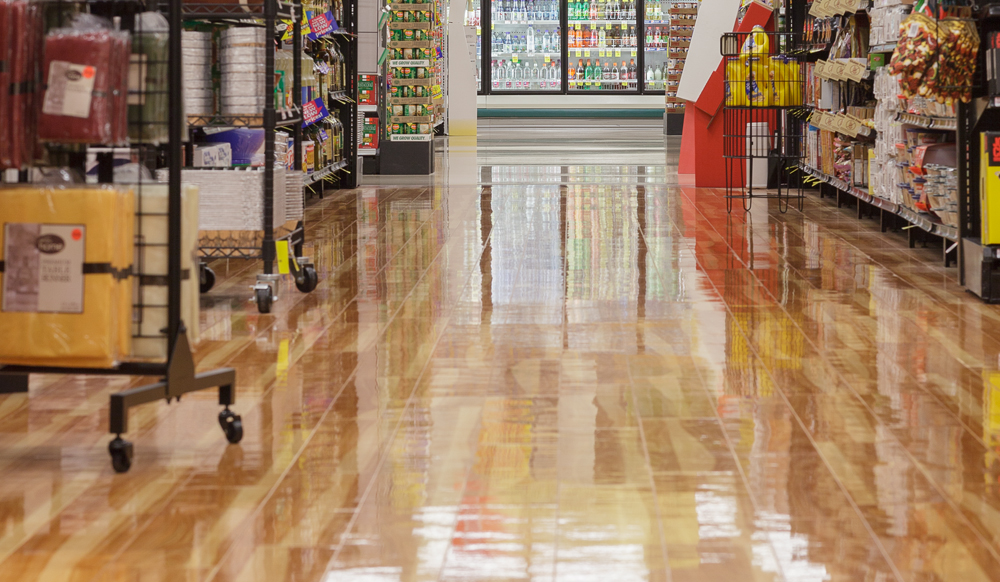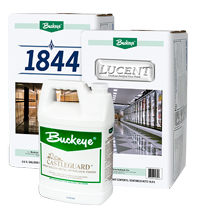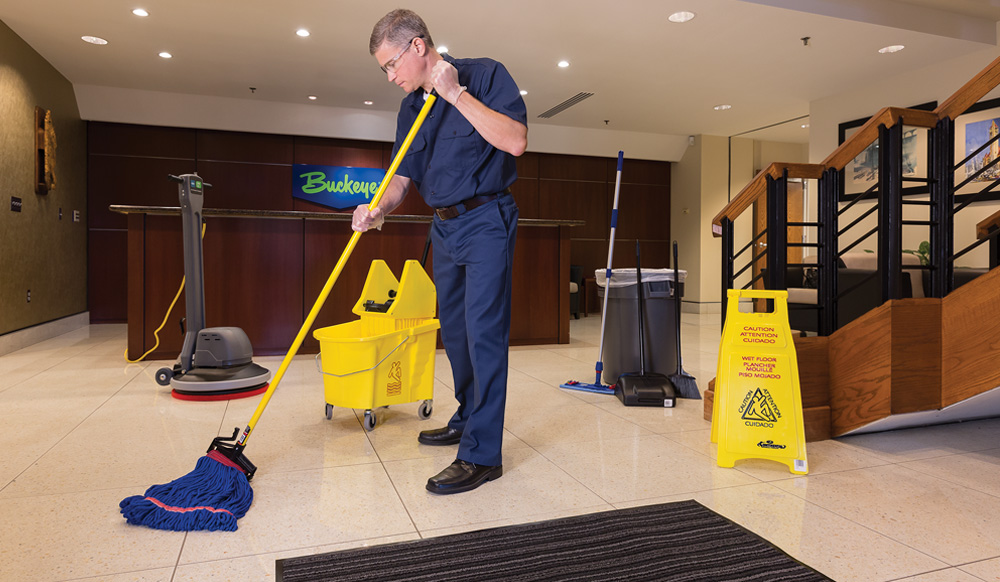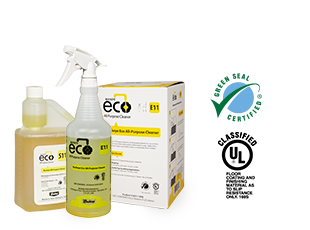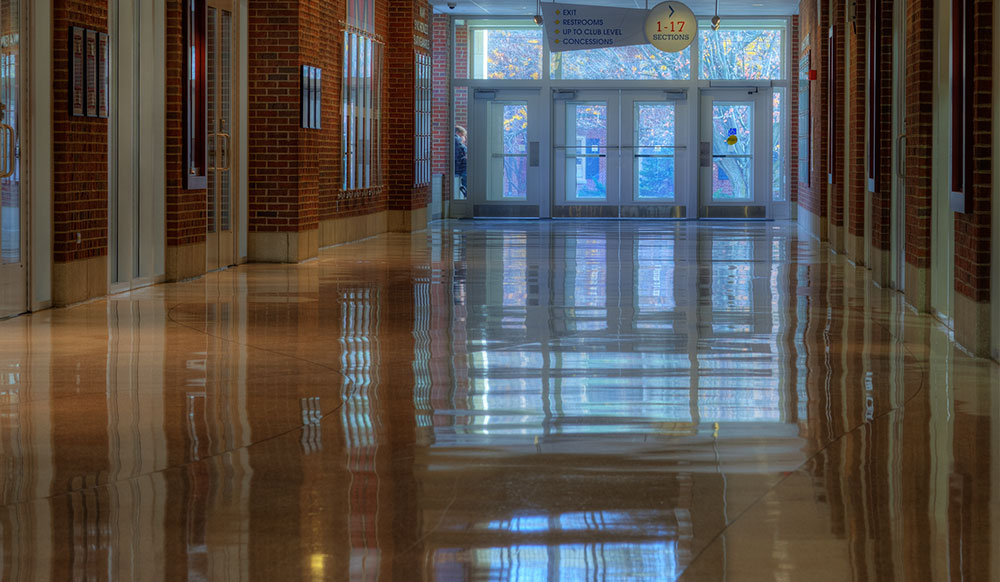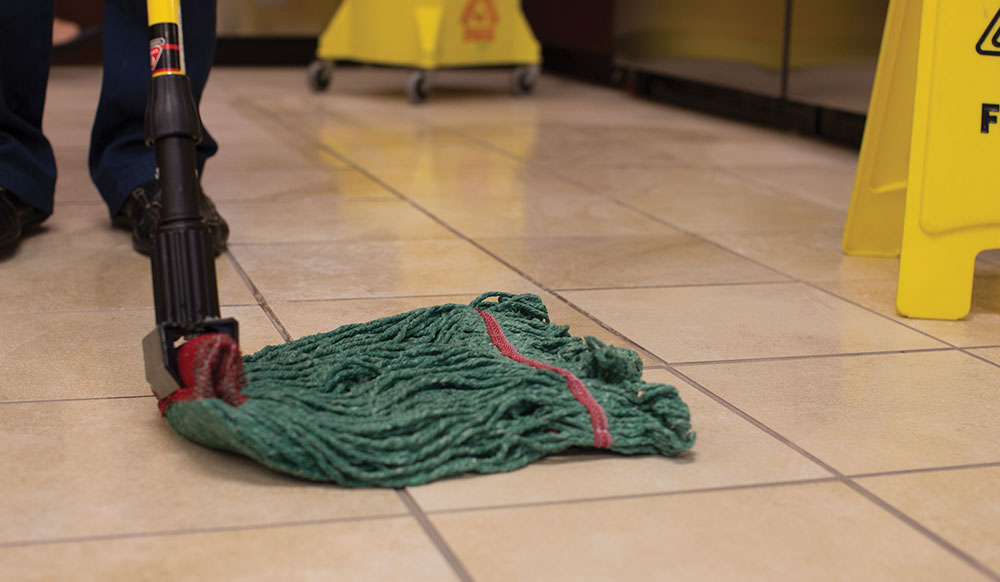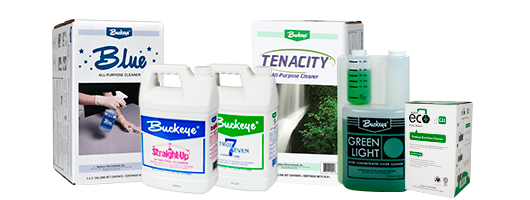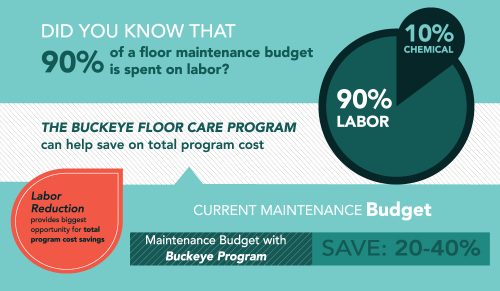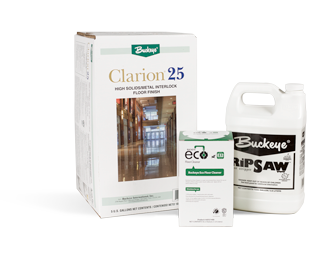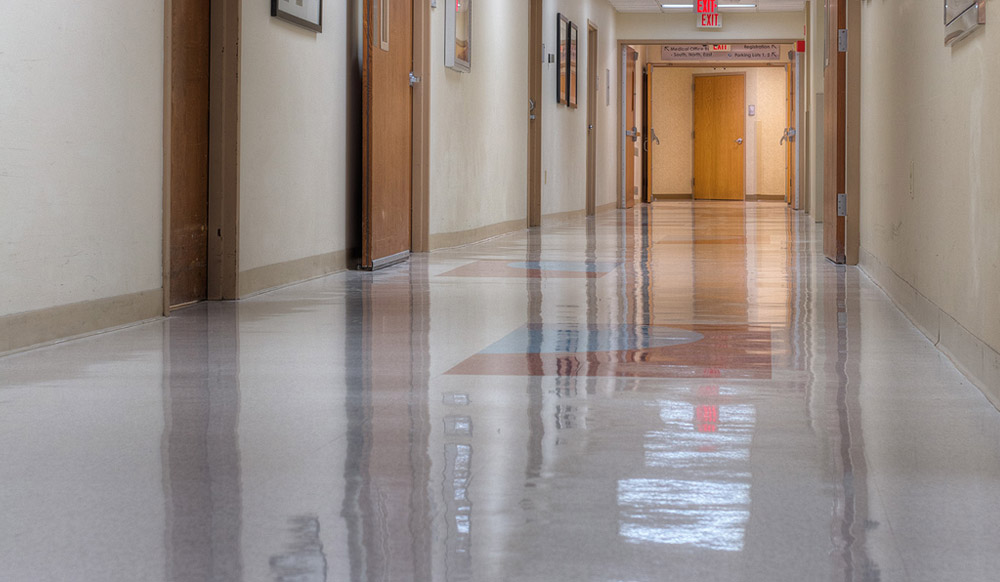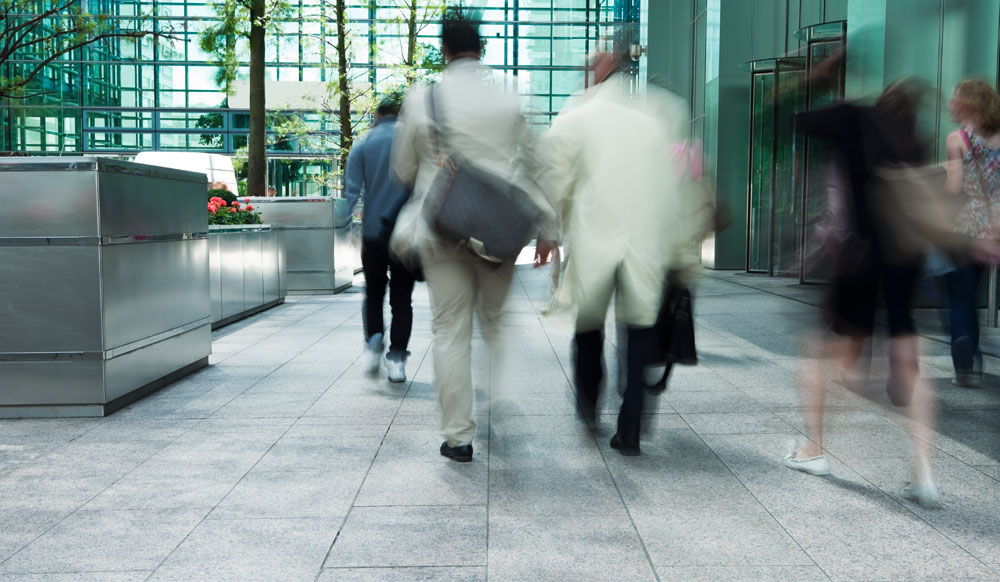On September 11-14, 2017 Buckeye will join the entire cleaning industry at ISSA/INTERCLEAN North America Trade Show and ISSA Convention, the largest industry trade show of the year, in Las Vegas, NV. ISSA/INTERCLEAN North America is where new strategies, insights, and products are on display. While there, discover opportunities to achieve greater profits and improved efficiency for your company.
Buckeye will be at ISSA to discuss the advantages of programs like our Eco® Proportioning Program, Reflections® Wood Floor Program, Hard Floor Care Program, and Symmetry® Hand Hygiene Program. Learn about these programs and new products from Buckeye at booth #3943.
Join us and 16,000+ professionals in the cleaning industry including distributors, building service contractors, facility decision makers, and residential cleaning companies. Exhibitors from over 25 countries will be participating to showcase the latest products and services. ISSA/INTERCLEAN will have 60+ education seminars and training workshops as well as over 700 suppliers and equipment manufacturers.
Visit us in Las Vegas to share market insights and discover the value of Buckeye programs and products.
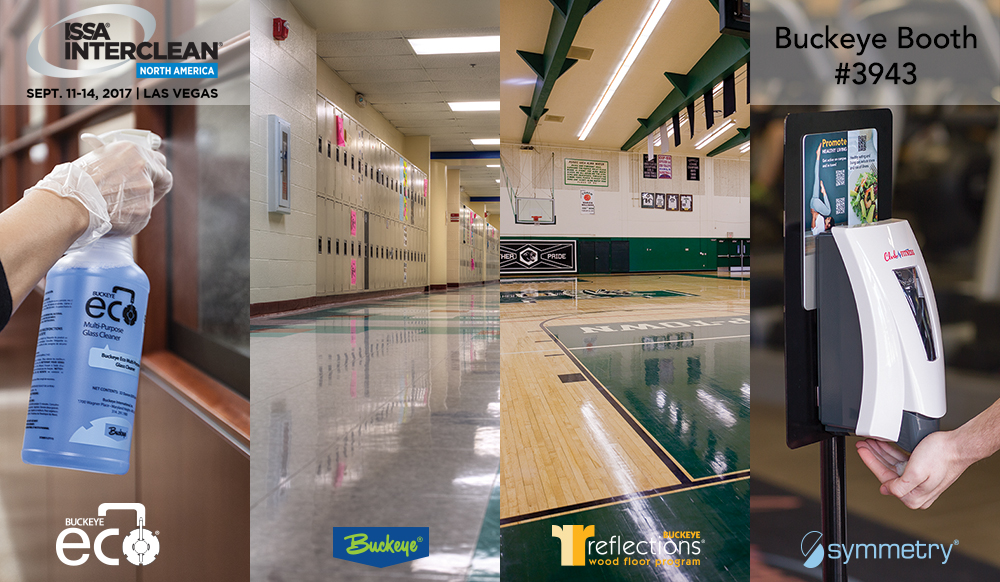
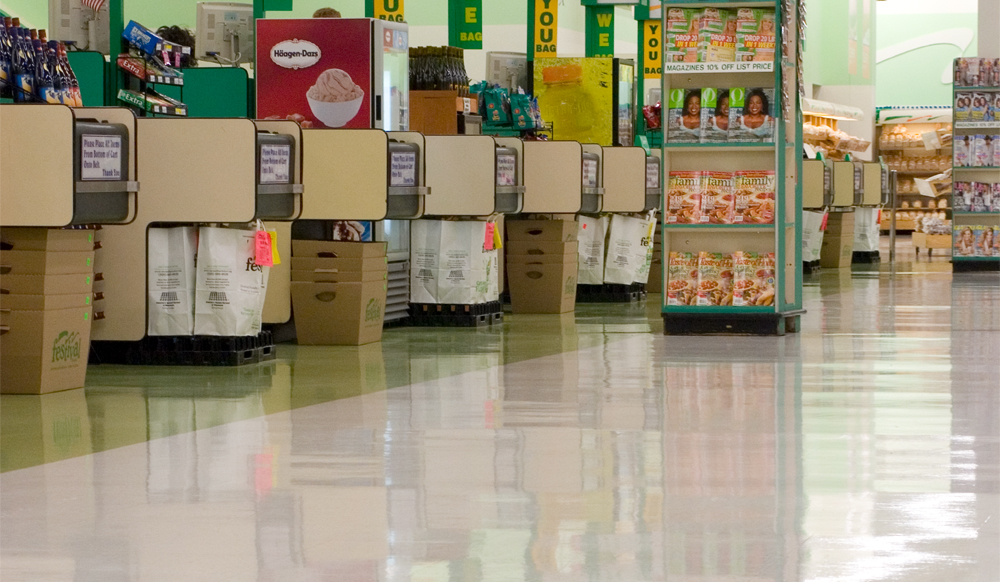
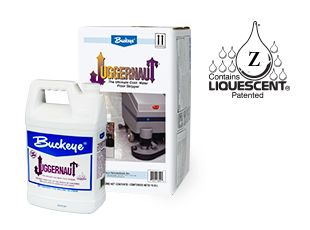 Buckeye’s floor strippers include
Buckeye’s floor strippers include 
